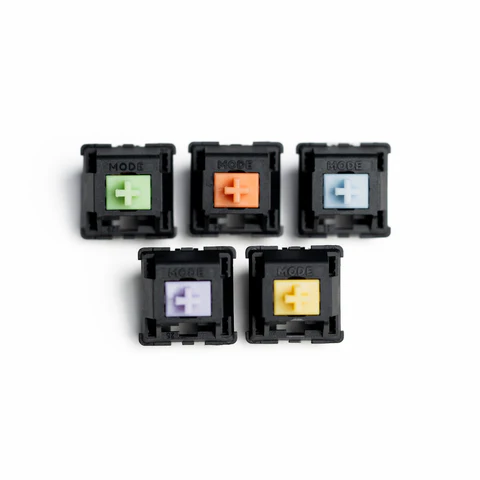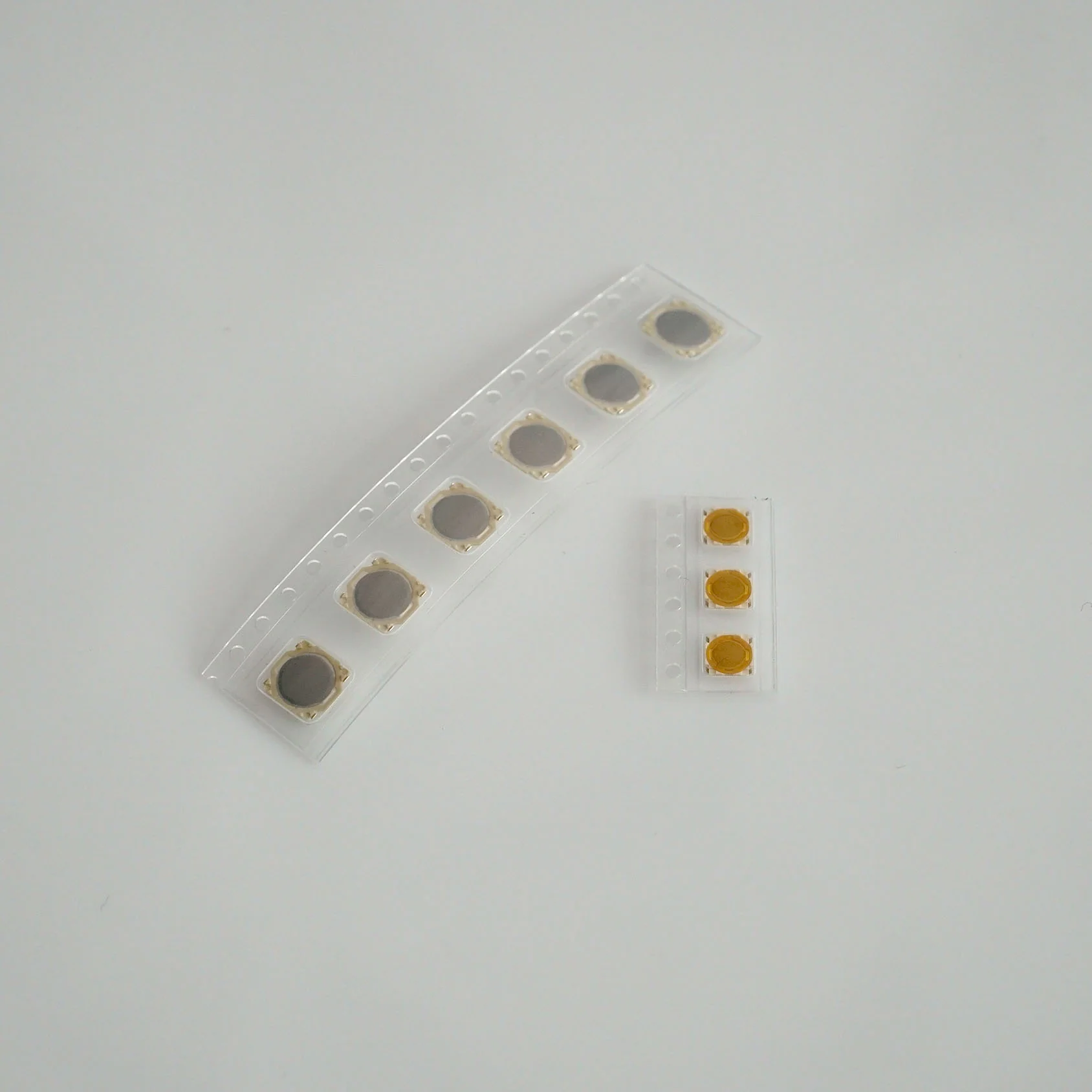Experience different mechanisms in tactile switches to match your preferences.
Discovering the Benefits of Tactile Changes for Your Next Job
Responsive buttons, defined by their visible responses, are critical for improving individual communications in technology. These elements not only verify input through physical experience however also help with operation in settings where acoustic or visual signs want. As markets progressively prioritize straightforward user interfaces, the fostering of responsive switches across different markets-- from customer electronics to commercial machinery-- qualities consideration. To comprehend their full potential, one have to check out both their practical benefits and diverse applications.

Comprehending Tactile Switches Over: Just How They Work and Their Kinds

These buttons are offered in various types, consisting of dome, fallen leave, and pill. Dome switches over, which utilize a rubber dome to offer resistance, are popular for their resilience and cost-effectiveness. Fallen leave buttons, on the various other hand, include a level, spring-like mechanism that provides a sharper click. Pill buttons are understood for their small dimension and are usually used in devices with area restrictions. Each type supplies distinctive tactical reactions tailored to specific application demands and individual choices.
The Duty of Tactile Responses in Individual Experience
Individual experience is dramatically boosted by tactile feedback, which works as a vital bridge between the device and its individual. This type of feedback is critical in settings where visual or auditory signs may be less efficient or completely missing. Responsive switches, by their actual nature, give a physical response to customer activities, verifying inputs through a visible feeling. This not just enhances the precision of interactions but likewise accelerates the customer's capability to finish jobs by lowering the demand for visual confirmation.
In the world of access, tactile feedback plays a critical function. Therefore, tactile comments is fundamental in developing instinctive and efficient individual experiences (tactile switches).
Comparing Tactile Switches With Various Other Sorts Of Switches
While responsive buttons supply clear-cut comments that aids in accessibility and user self-confidence, it is important to take a look at just how they compare to other kinds of switches used in electronic gadgets. Straight switches, for example, supply a smooth keystroke without the responsive bump, which can be more suitable for tasks calling for quick vital presses, such as video gaming. They do not have the distinctive feedback that assists avoid typing errors evident in tactile switches.
On the various other hand, clicky switches, comparable to tactile variations, provide audible feedback. Comparatively, tactile buttons strike an equilibrium in between the quiet procedure of linear switches and the noisy assurance of clicky switches, making them flexible for both noisy and quiet settings.
Practical Applications of Tactile Switches Over in Various Jobs
Various contemporary electronics integrate tactile switches due to their dependable feedback and straightforward user interface. Customer electronic devices like key-boards, remote controls, and gaming additional reading controllers employ tactile switches to boost the customer experience by offering instantaneous responsive feedback upon actuation.
Additionally, tactile buttons are found in numerous commercial applications. Clinical devices likewise use responsive buttons, adding to their security and performance.
Tips for Choosing and Integrating Tactile Changes in Your Designs
When picking tactile switches for various design jobs, it is essential find out here to think about several vital factors to guarantee optimum efficiency and integration. Examine the pressure needed for actuation and the switch's life expectations. Developers need to match these specs with the application's demands to stop early failure or customer pain - tactile switches. Next, take into consideration the size and impact of the switch. Compact designs may necessitate smaller sized buttons, which might influence the tactile responses and durability.
In addition, the environmental conditions where the device will certainly run are essential. For jobs revealed to moisture or dirt, picking buttons with greater IP ratings to stand up to such components is advisable. Assimilation convenience should be evaluated. The switch needs to be suitable with the existing circuit layout and installing demands. Using switches with pre-soldered leads or those that offer clear soldering guidelines can streamline the assembly process, making sure a reputable and efficient assimilation right into the last item.
Conclusion
